Basic Wine Knowledge – What Is Wine?
In the world of hospitality, every hotelier should have some basic wine knowledge. Basic wine knowledge and understanding of how the wine is made and at least have some understanding of some popular wine grapes and varieties. Let’s start first by explaining what is wine.
Wine is simply fermented grape juice which has been drunk for thousands of years. All the ancient Egyptians, Romans, and Greeks loved to drink wine. There are more than a billion bottles of wine worldwide, and all started the same way, through grape juice. Wine is a beverage that is nearly associated with mealtimes, relaxation, and conversations. Wine is also fascinating because of all the flavors it can take on. From crisp, green apple freshness, to big black fruits. The different flavors found in wine are endless. By understanding the basic wine knowledge and how wine flavor changes from one wine to another, you will be able to serve your guests better, by helping them choose the wine that they will enjoy best.
How Wine Is Made And Basic Wine Knowledge
Regardless you work in the hospitality industry or not, everyone should have some basic wine knowledge especially when it comes how the wine is made. Let’s go through this topic by covering the process of making wine. How the juicy grape gets from the vines through the wine cellar, and into the bottle. Before we go through how is white wine and red wine made, let’s have a better understanding of what fermentation is:
Fermentation
Fermentation is the main and most important step that everyone who seeks to have some basic wine knowledge should understand. To put it simply, fermentation is the chemical reaction that turns grape juice into wine. To make fermentation you need to add yeast into the grape juice so it will eventually turn the grape juice into alcohol (wine). Yeast are tiny one-celled organisms that we can’t see but they are all around us. Yeasts occur throughout nature, on fruit skins, in soils, and insects. When these organisms come into contact with the sugary grape juice they start to consume the sugar, and then a chemical reaction starts to happen by creating alcohol and carbon dioxide which as a result turns the sweet grape juice into wine.
How Is White Wine Made?
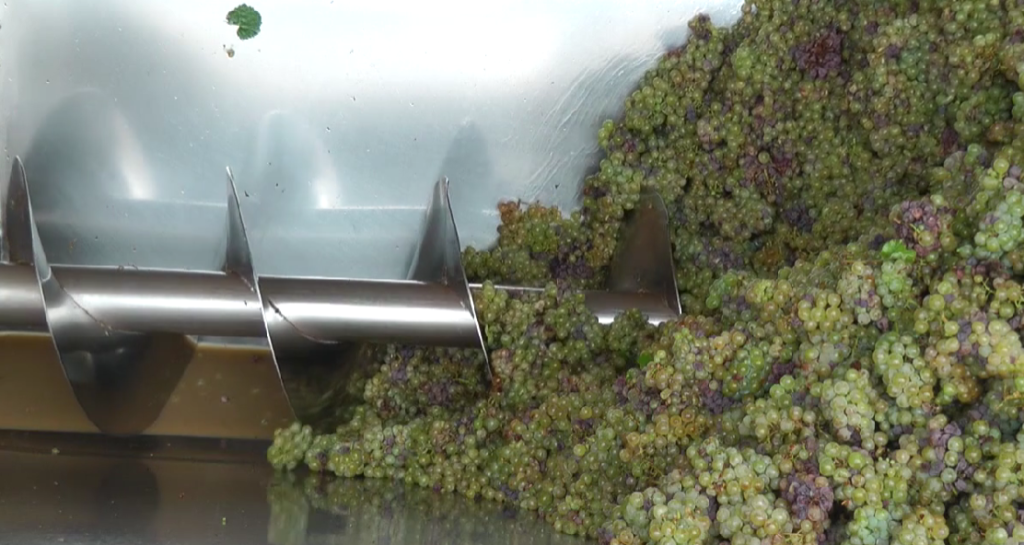
White wine is made from a variety of white grapes. At the beginning of the summer, the grapes of the wine ripen and the riper grapes become, the more sugar they contain. When the winemakers decide that the grapes are perfectly ripened, the grapes then are picked and taken to the wine cellar. When the white grapes arrive at the cellar are taken off their stalks and lightly crushed to get their fruit juice so fermentation can start as soon as possible. Specialized machines are being used to crush the grapes without breaking the seeds which as u remember we mentioned earlier, contain bitter oil and will spoil the taste of wine if they are crushed. Then these crushed grapes are fed into a press. A press is a machine used to squash the grapes so that all juice flows out, but the skins and seeds are left behind.
Then all this juice is put into a container which can be a big stainless-steel tank or wooden barrels. Steel tanks are neutral containers that keep all the fresh fruity flavors of the grape in the wine and wooden barrels give the wine a rich, toasty flavor. Now that the juice is either in the tank or wooden barrel, winemakers may let the yeast that occurs naturally on grapes start the fermentation but most of the winemakers may add a specially prepared yeast to their grape juice. The fermentation process will stop when either the alcohol level grows too high or when there is no more sugar left for the yeast to consume.
When this happens, yeasts die and at this point we have wine. The dead yeasts sink at the bottom of the barrel forming a deposit that looks like a porridge. This is called the lees. Before the wine can be bottled it needs to be moved off the lees. When the fermentation is finished the wine is left to stand for a while so that all dead yeasts sink to the bottom of the tank or barrel. The wine is then sucked out from the top of the tanks or barrels, into another tank, leaving the lees behind. Now you have a finished white wine, ready for bottling.
How Is Red Wine Made?
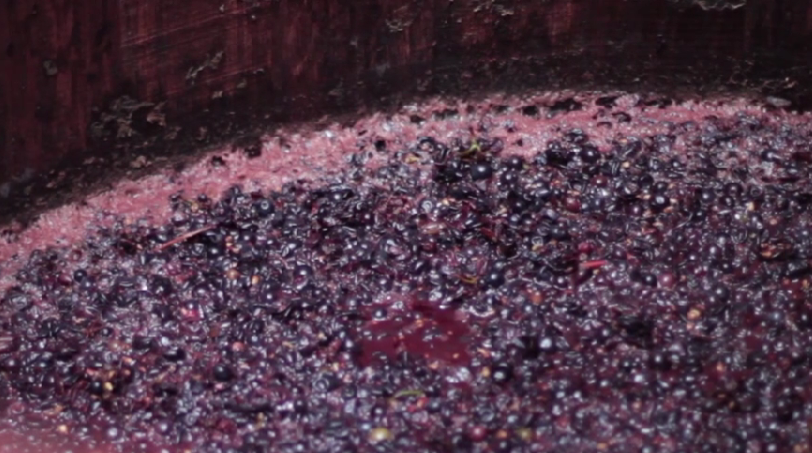
Now that we have a better understanding of what fermentation is and how white wine is made, let’s see the red wine process to have a better basic wine knowledge. Red wine is made from red, black, blue, and purple varieties of grapes. The process of making red wine is similar to making white wine but some big differences set these wines apart. The ripe grapes are picked and taken to the cellar where they are crushed and destemmed, just like the white ones. Because all the color in red wine comes from the red grapes’ skins, instead of pressing the grapes right away, like white wine, the crushed grapes are placed into a fermentation vessel, skins and all. While the process of fermentation starts, the skins are kept together with the juice by pushing the skins down into the wine or by pumping the juice over the skins. This is the most important part so the right amount of color, flavor, and tannins leech into the juice from the skins. The time that skins spend in contact with the juice is called maceration.
When the winemaker decides and is happy with the juice that it has the right color, they transfer the wine into the wine barrels or stainless steel tanks, the same as in the white wine process. The leftover skins are then pressed to extract the remaining wine. Same as in the white one, some lees may occur in the tanks or barrels. Once they remove the leaves, then the wine is ready to be bottled.
What Is Maturation?
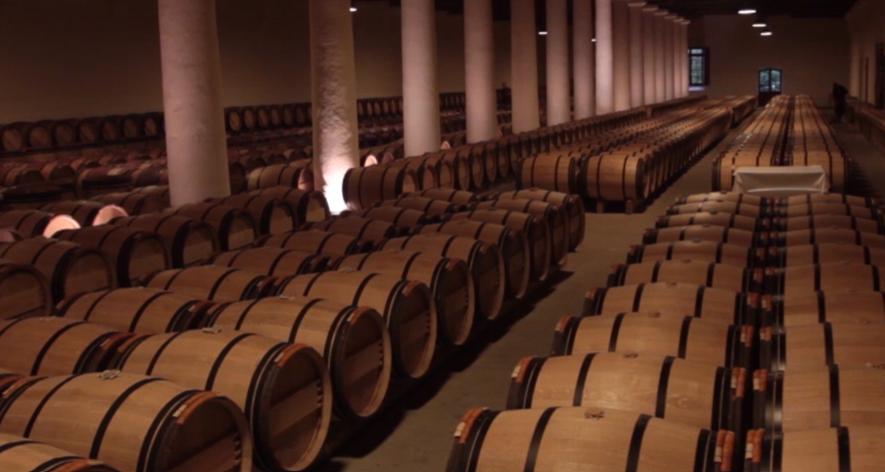
Another way to add flavor to the wine is the process of maturing finished wine inside the wooden barrels. These barrels are of different sizes by are normally made either in American or French oak. The wines are normally left to age in the barrels of oak from one to three years, then taken out and bottled. Letting the wine age in the wooden barrels is like adding salt and pepper to your food. The fruity flavors of the grapes are seasoned with spicy, toasty, and vanilla flavors from the oak. Keep in mind that not all the wines are being matured as most of the wines are not fit to go through this process. So with that being said, maturation is the last process of making wine before sending the wine for bottling. Hopefully, now your basic wine knowledge is better and you will be more confident when dealing with your guests.
How Is Rose Wine Made?
Now that we have discussed the basic wine knowledge of how the white and red wine is made, there isn’t much to tell about rose wine which we haven’t covered above. It is however important to mention that rose wine can be made from any dark grapes but they don’t turn completely red because the grape skins are removed from the juice hours after the contact. Rose wines can be made also by blending white and red wines. Rose wines are fruity, fresh, and easy to drink. Most of the rose wines are sweet but there are of course as well dry rose wines. The process of making rose wine is the same as the red wine just that the skins of the red grapes need to be removed hours after they have been in contact with the grape juice.
The Different Part Of Grapes
To have basic wine knowledge, you must understand as well the 3 parts of the grapes:
- The flesh – The flesh is the most important part of the fruit for the winemaker. The juicy flesh of the grape contains the juice that is the basis for every wine. Inside the juice are all the important chemical compounds that create the flavor and aromas of the wine. The flesh is included as well as the acid and sugar that are needed to make the wine.
- The skin – The color of red wines comes from the skin. When red wine has been produced, the color in the skin reaches out and turns the juice of the grape red. The skins also contain chemical compounds that add flavor to the wines.
- The seeds – The seeds in the grapes are not important for winemaking so they try to avoid breaking the grape seeds when making wine because they contain bitter oil that can make a wine taste unpleasant.
Different Wine Grapes
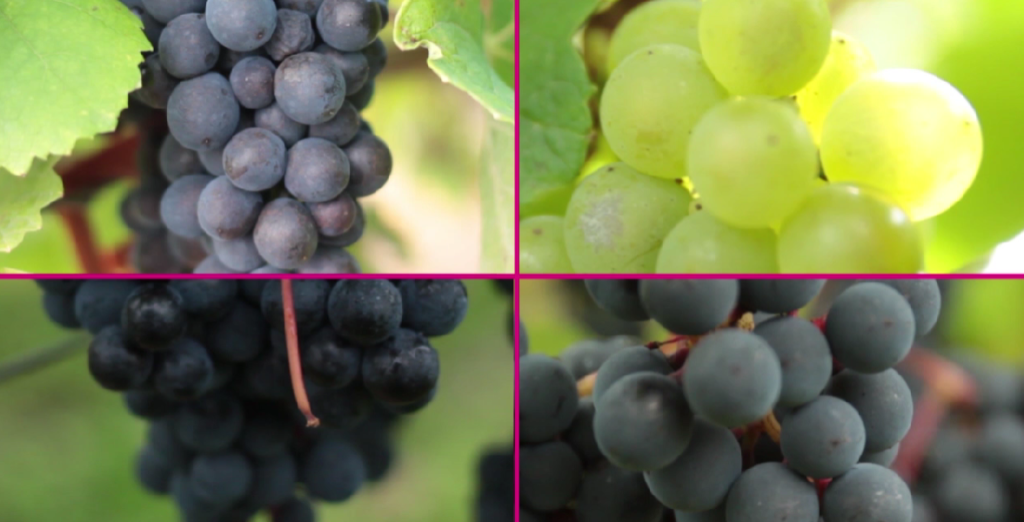
Having basic wine knowledge means you need to know also some of the different types of wine grapes. Some popular wine grapes are such grapes as Cabernet Sauvignon, Shiraz, Merlot, Pinot Noir, Sauvignon Blanc, and Chardonnay. They look all similar and grow all the same way but the flavours and characters are quite different. The different types of wines and grapes they produce are known as varieties. So the types of wine grapes we mentioned above are all varieties of grapes. Grape vines can grow anywhere in the world apart from Antarctica. But the fact that vines can grow anywhere doesn’t mean that their grapes will always make good wine. The place where grape vines grow will make a big difference in the quality of the grapes and their wines. For example, if it’s too cold the grapes will not ripen, if it’s too hot the grapes will shrivel on the vine and turn into raisins.
As said above, it’s not just that there are different varieties of grapes but where the varieties grow has an important effect on what the grapes will taste like. For example, a Chardonnay grown in South Africa will not taste the same as a Chardonnay grapes grown in France. This is why it is always important for a guest to know that apart from the grape type of wine, also the place where the wine is made.
If you want to have a better understanding of Champagne, Classifications, Grape Varieties, And Types Of Champagne have a look below on this related article:
Frequently Asked Questions:
What Is Wine?
Wine is simply fermented grape juice which has been drunk for thousands of years. There are more than a billion bottles of wine worldwide, and all started the same way, through grape juice.
What Is Fermentation?
To put it simply, fermentation is the chemical reaction that turns grape juice into wine. To make fermentation you need to add yeast into the grape juice so it will eventually turn the grape juice into alcohol (wine).
Different Part Of Grapes?
The flash, the skin, and the seeds are the 3 main parts of the grape.
What Is Maturation?
The wines are normally left to age in the barrels of oak from one to three years, then taken out and bottled. Letting the wine age in the wooden barrels is called maturation.
What Is Yeast?
Yeast are tiny one-celled organisms that we can’t see but they are all around us. Yeasts occur throughout nature, on fruit skins, in soils, and insects.
Featured Image From Pixabay (Not Copyrighted And Free Commercial Use)

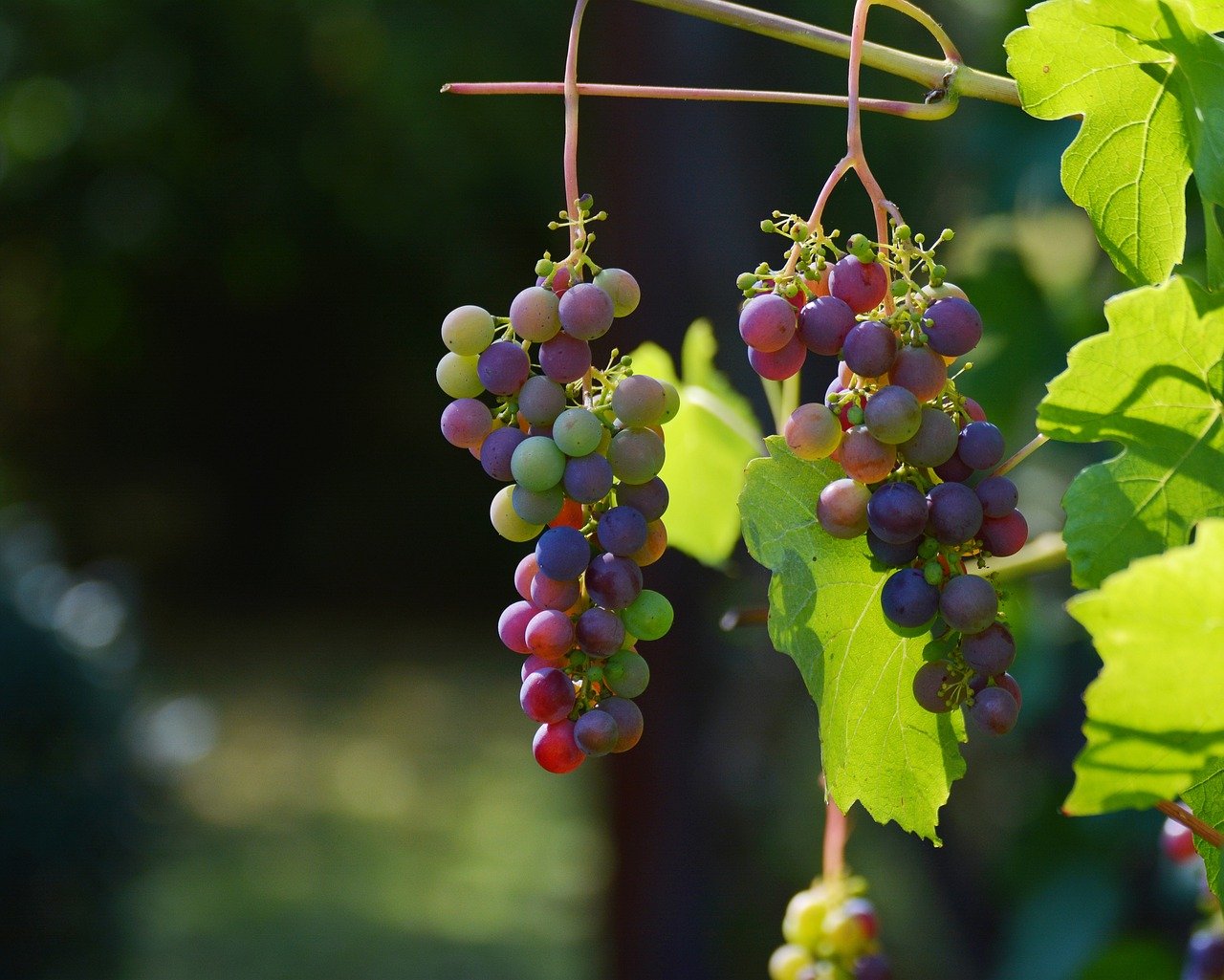

For the past few days I’ve been an avid follower of this awesome site, they have brilliant content for fans. The site owner excels at captivating readers. I’m thrilled and hope they keep up their magnificent work.